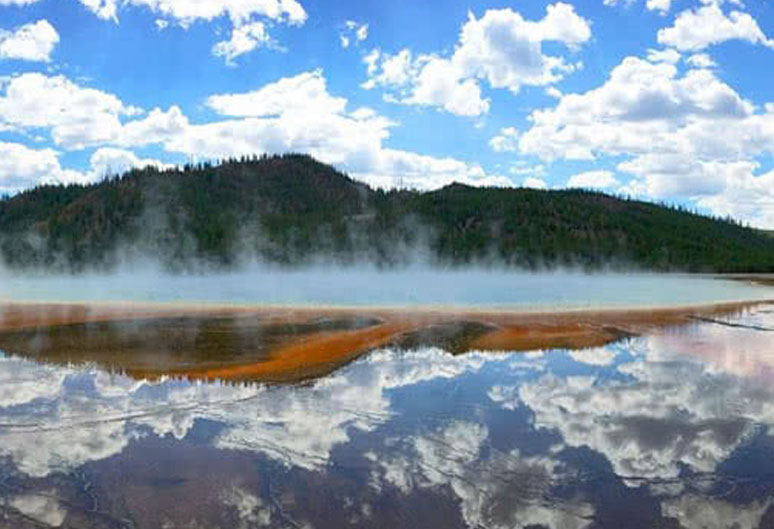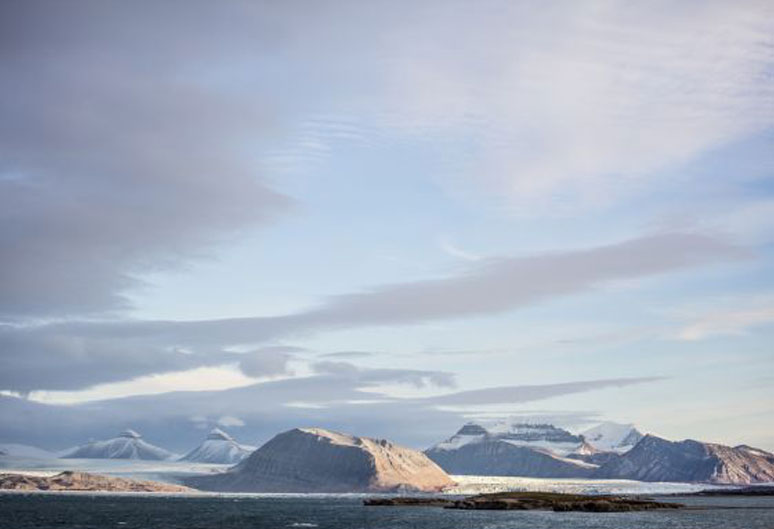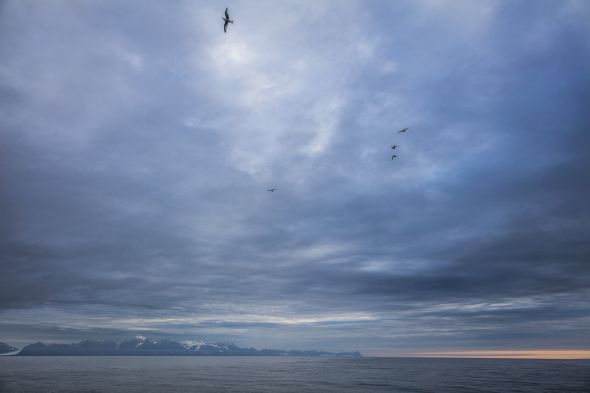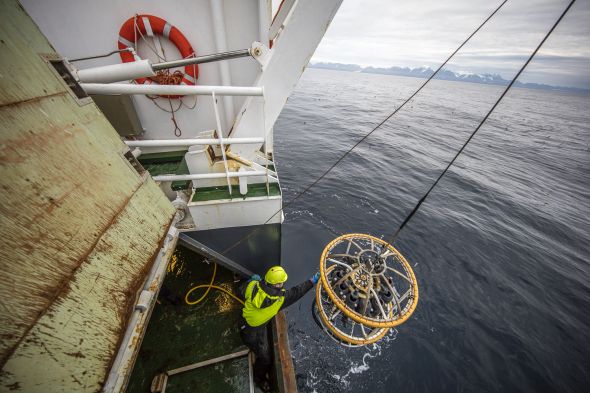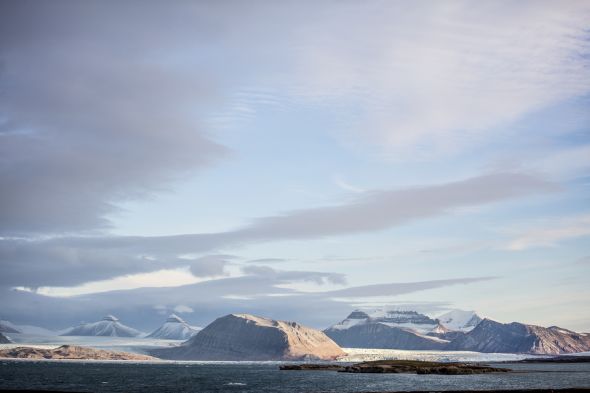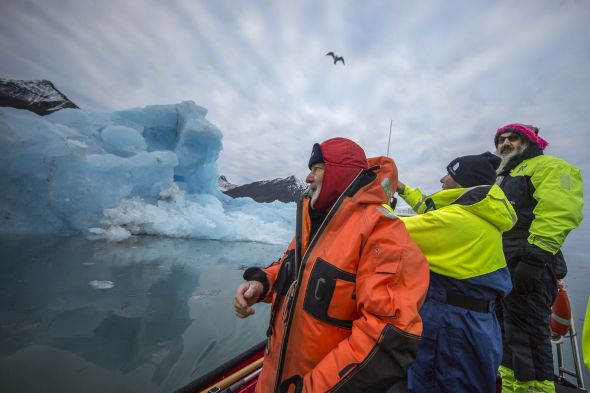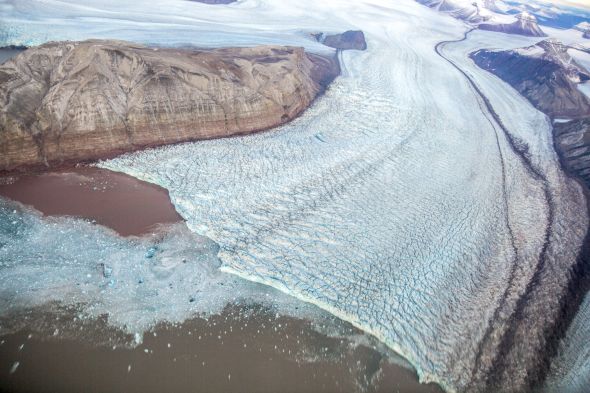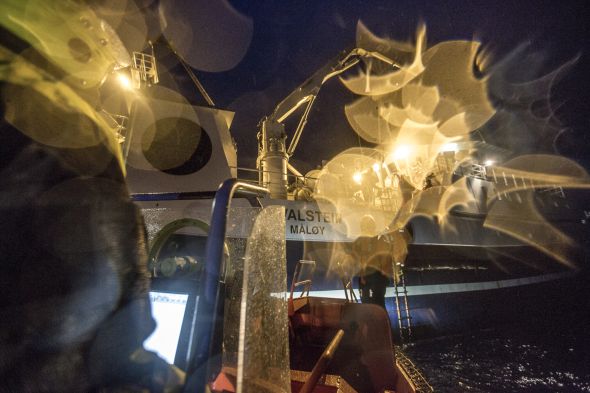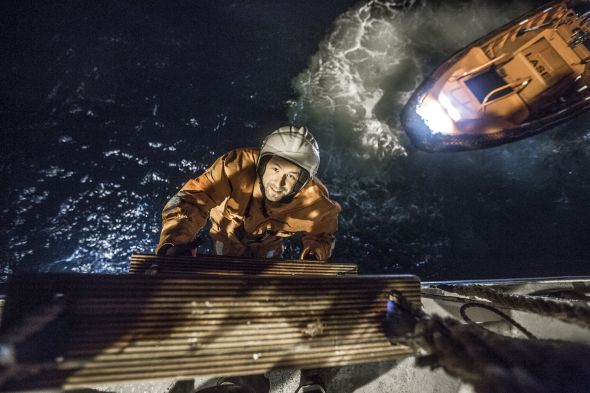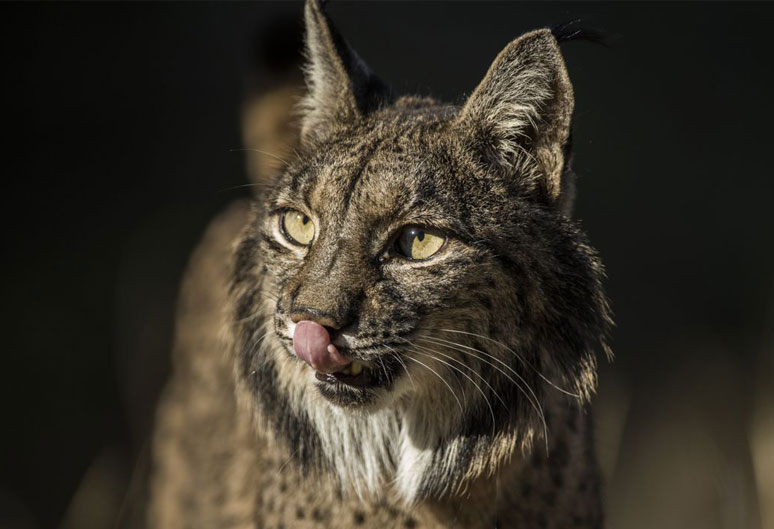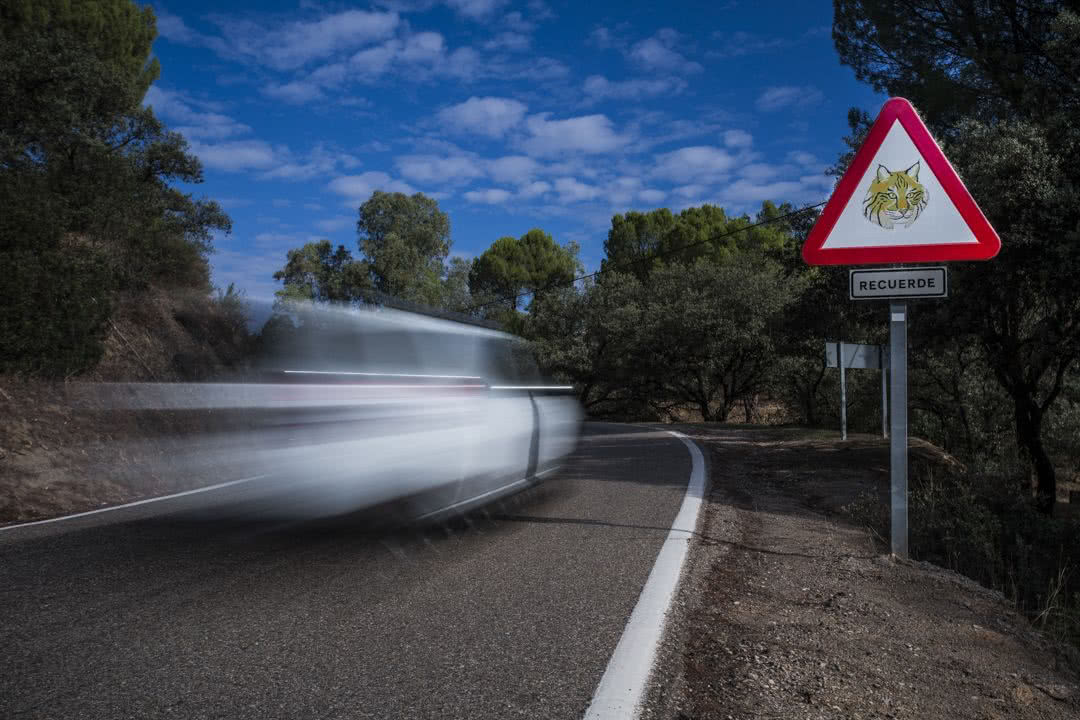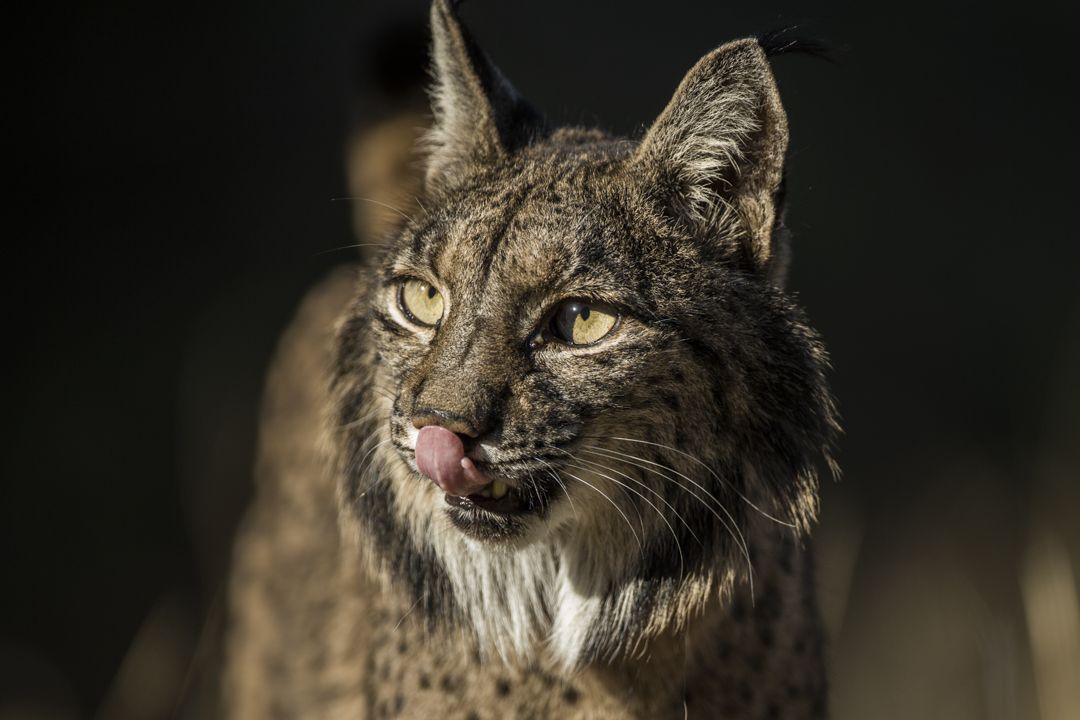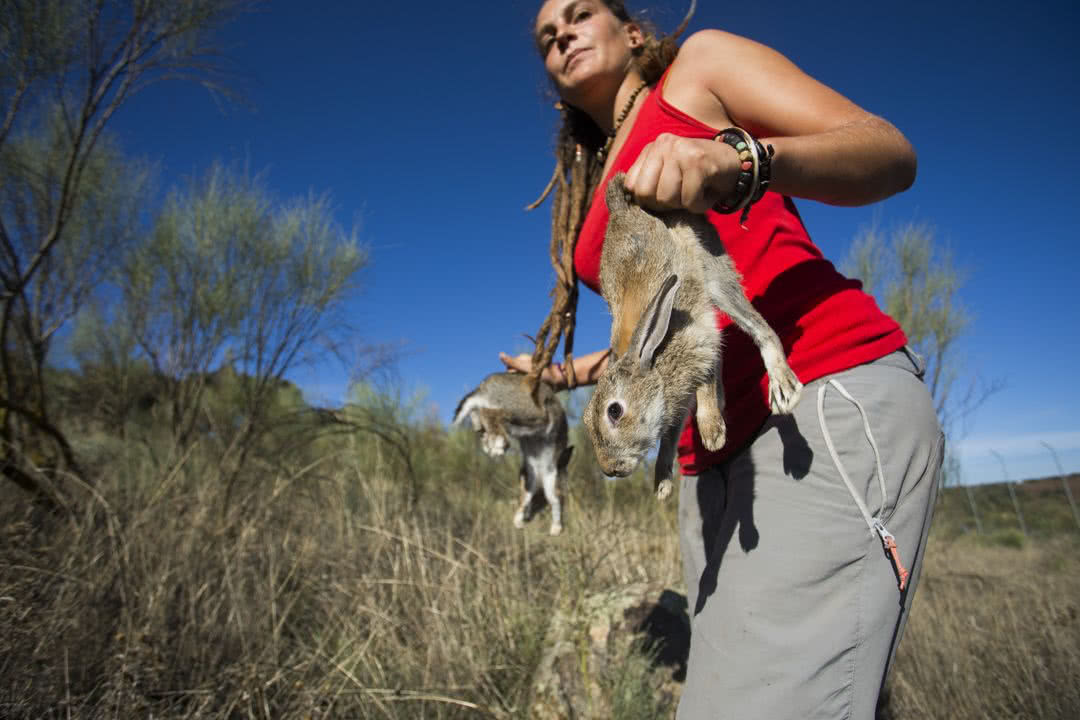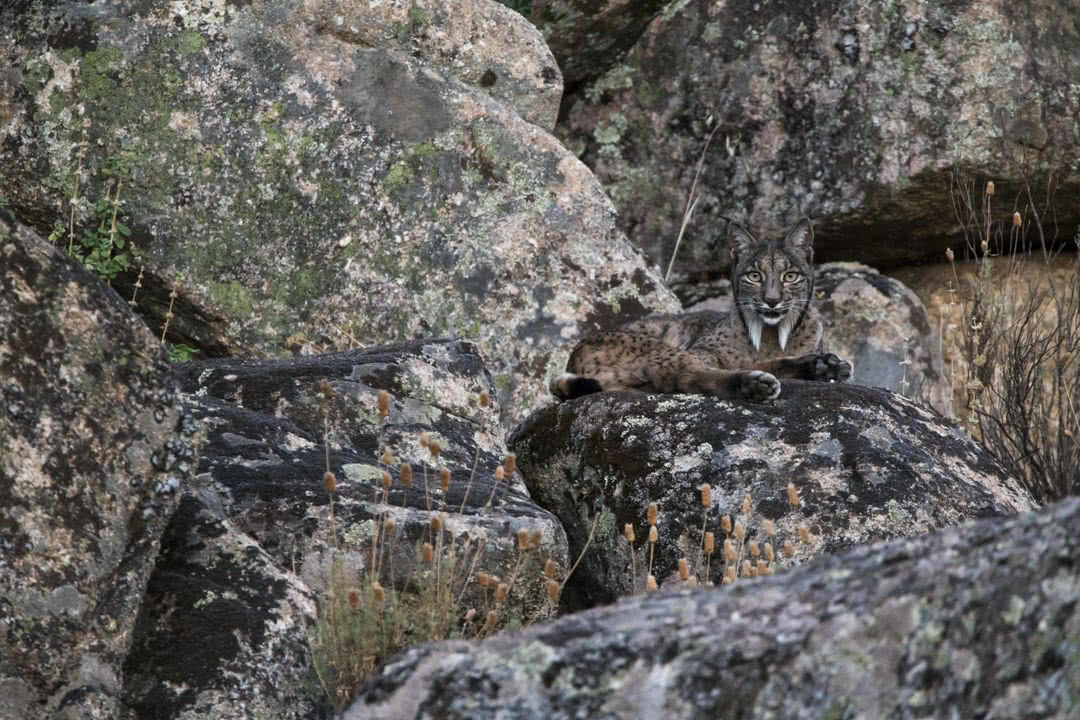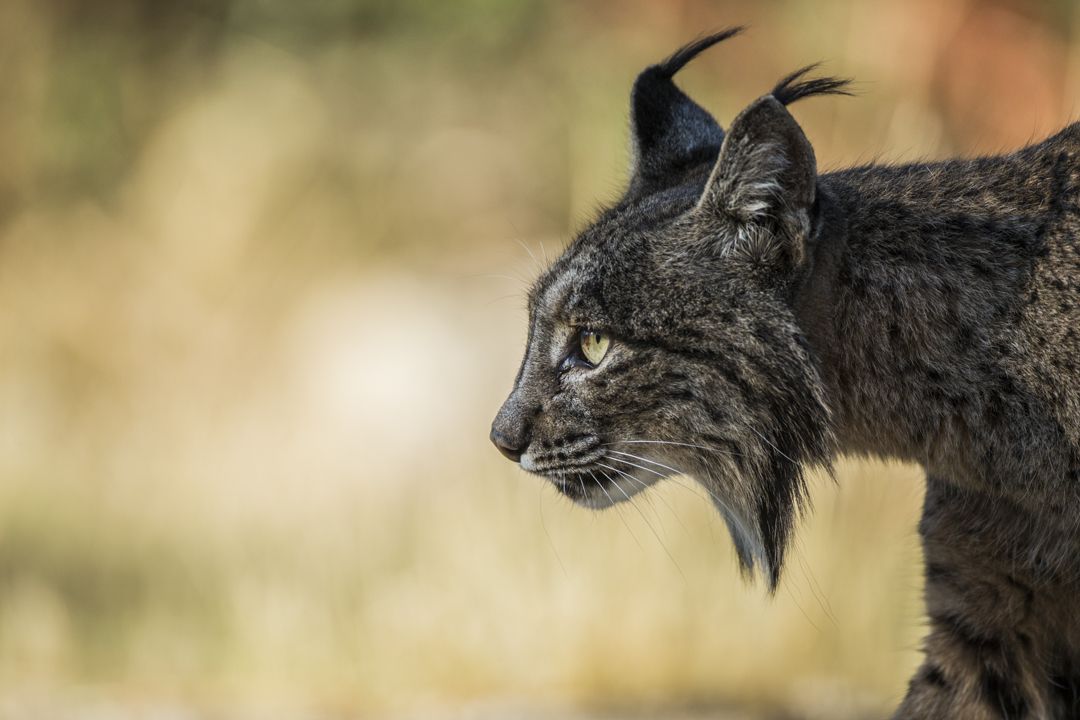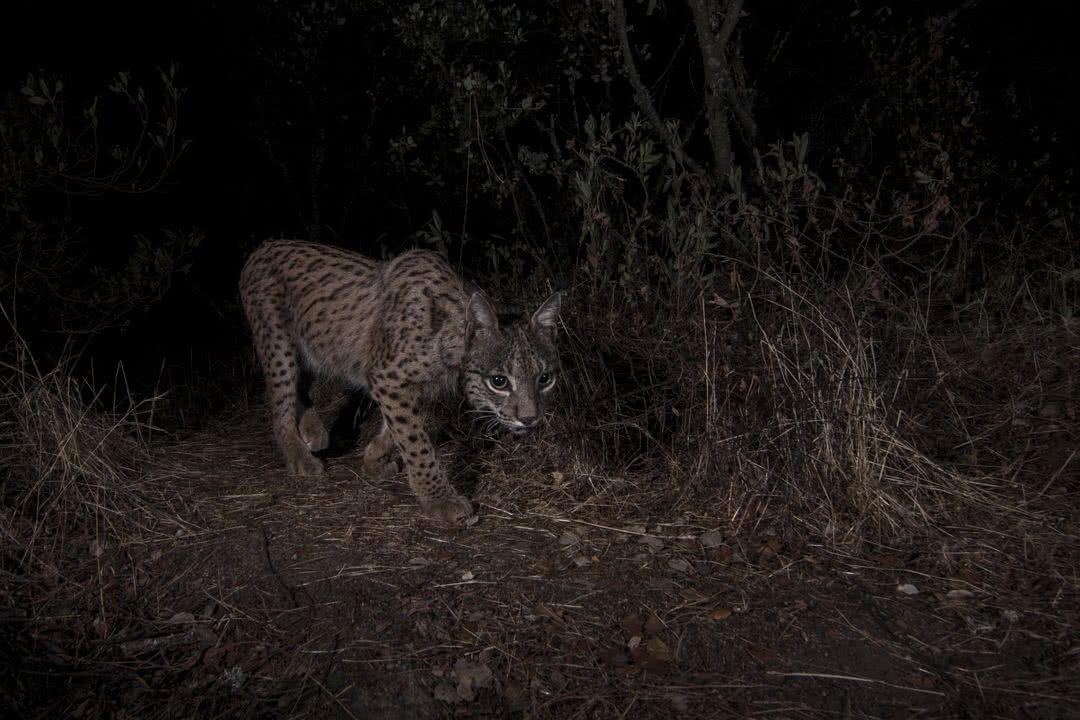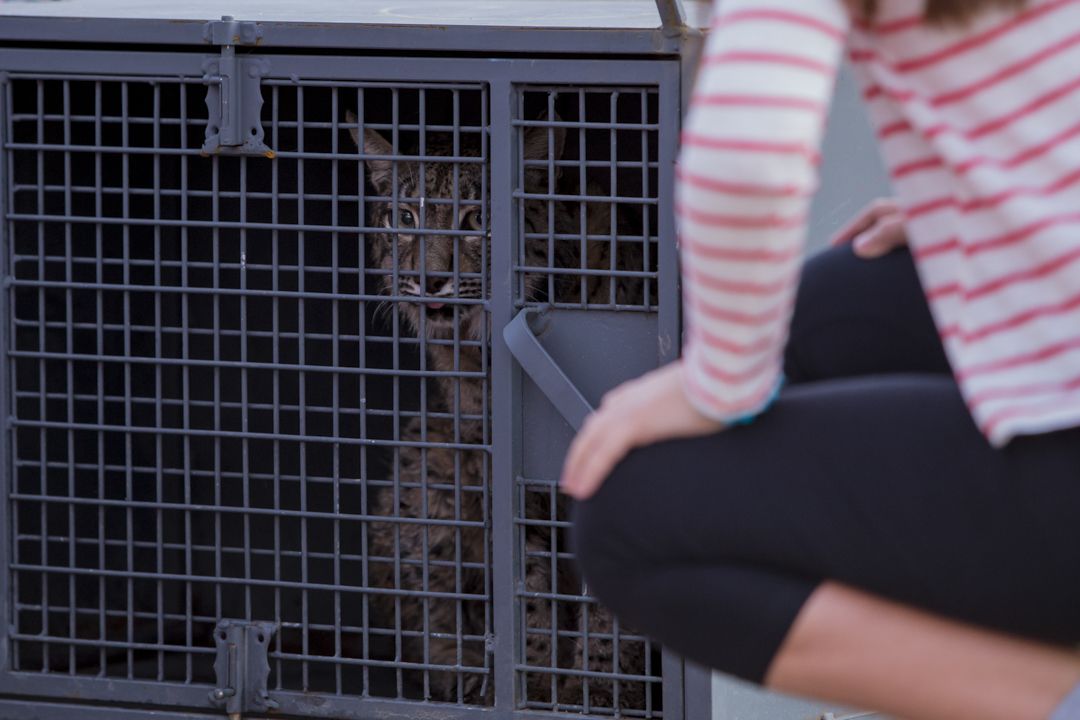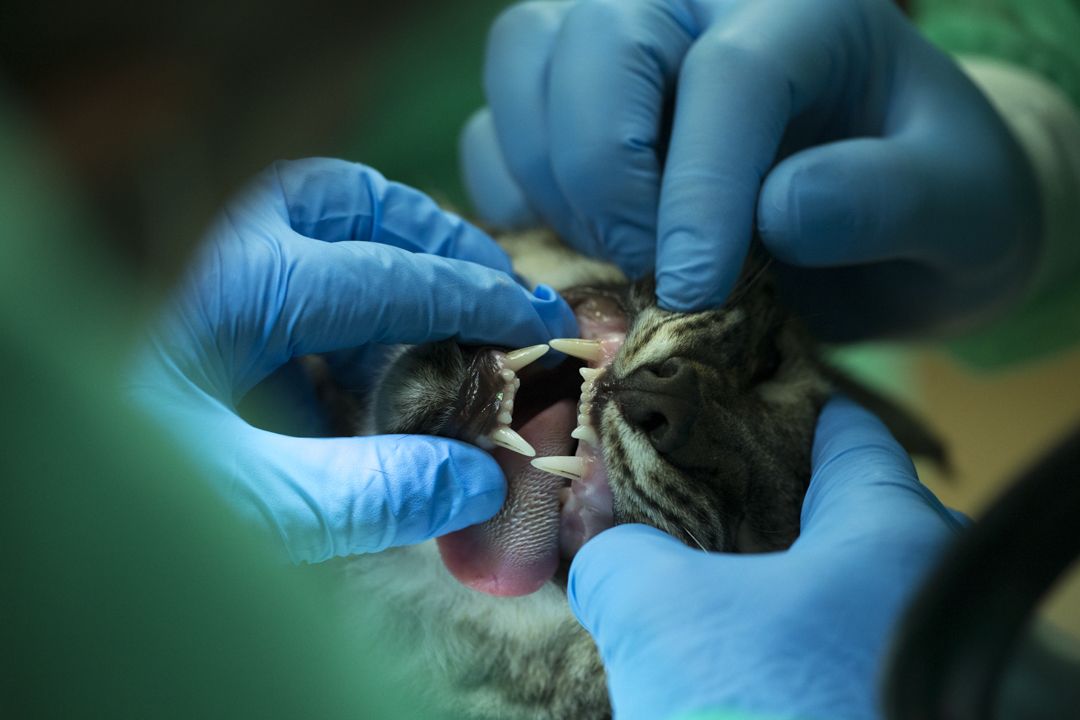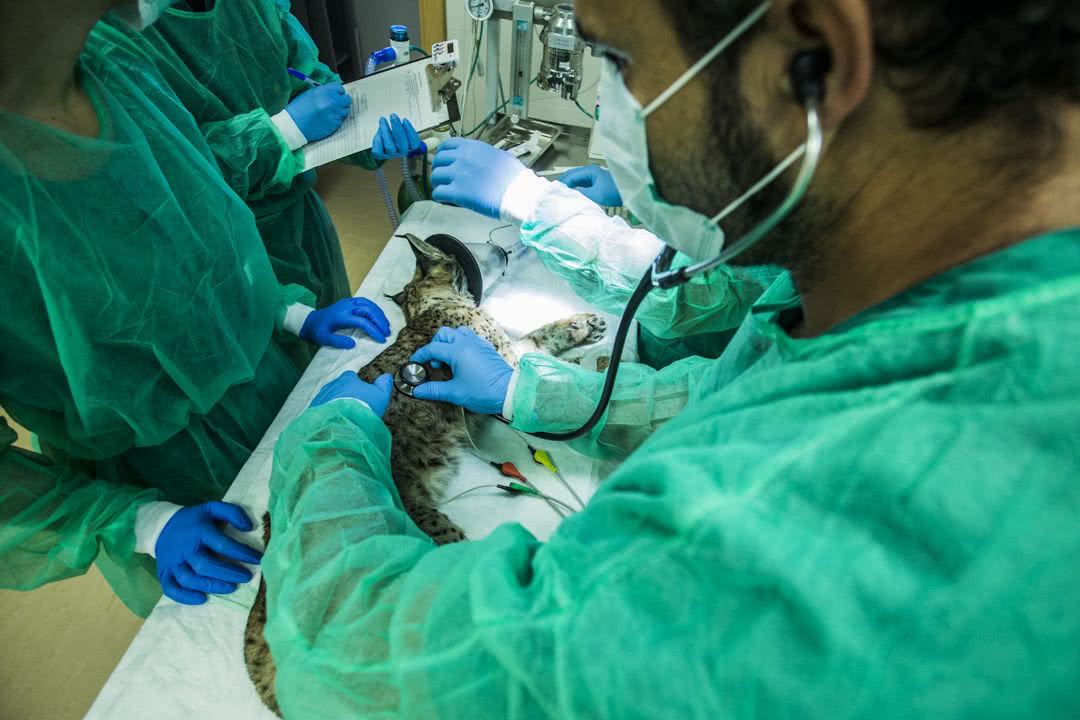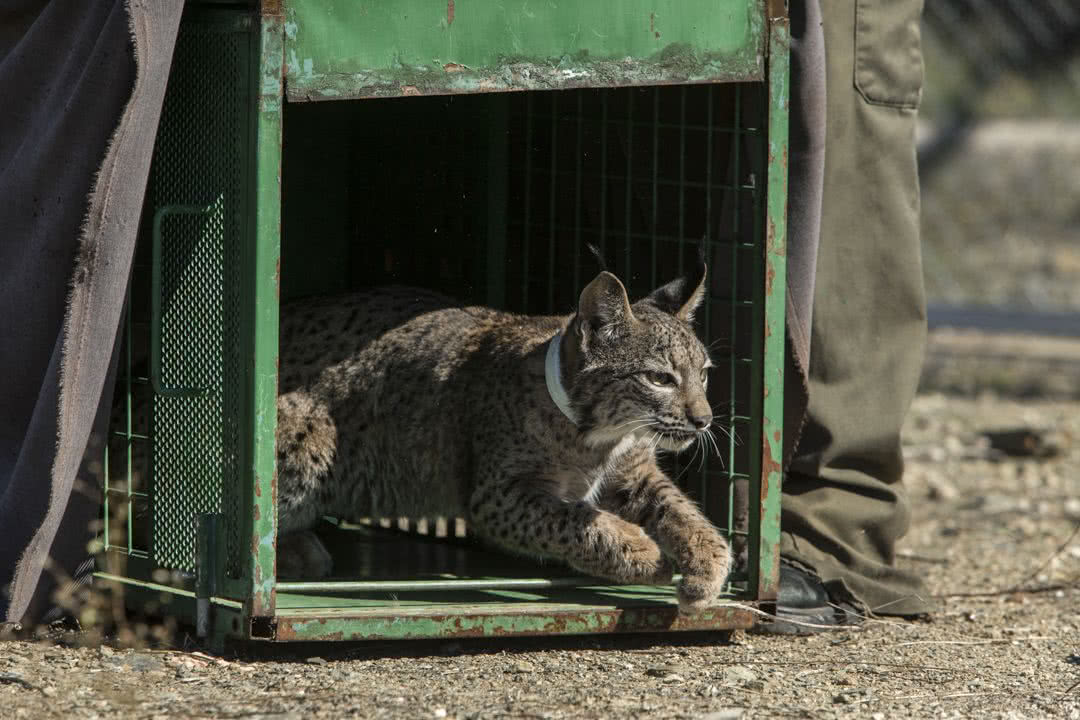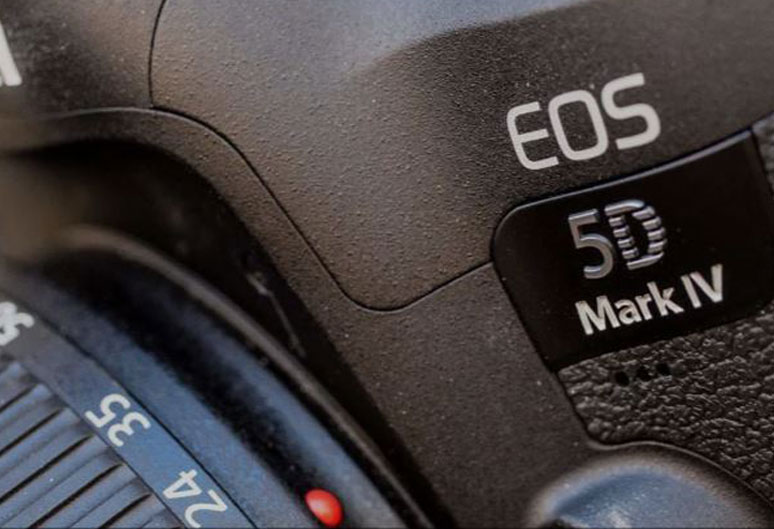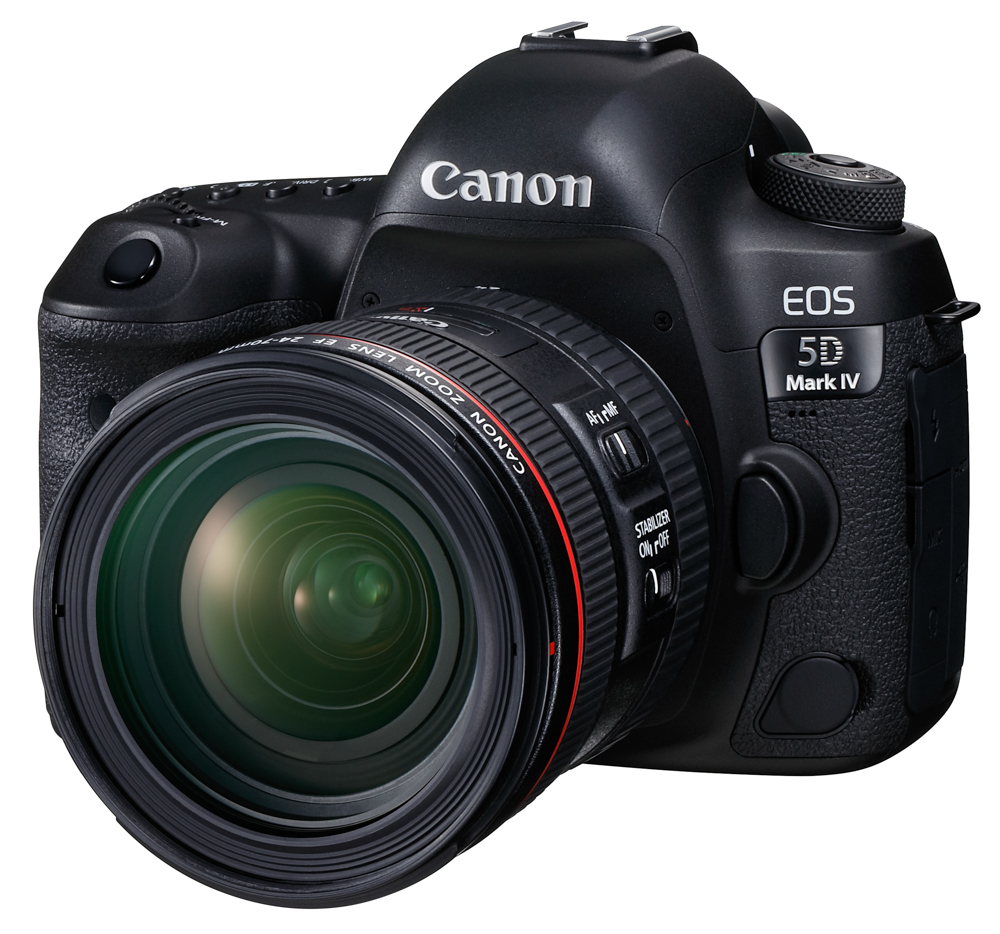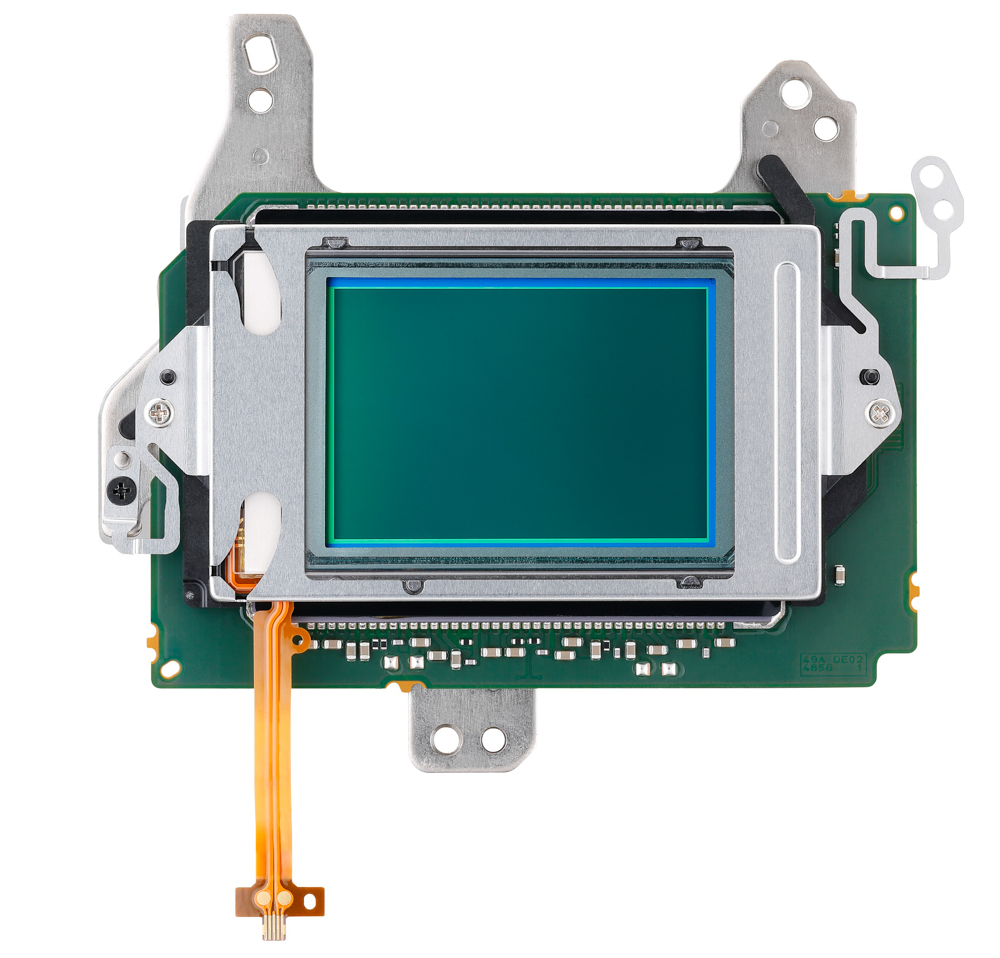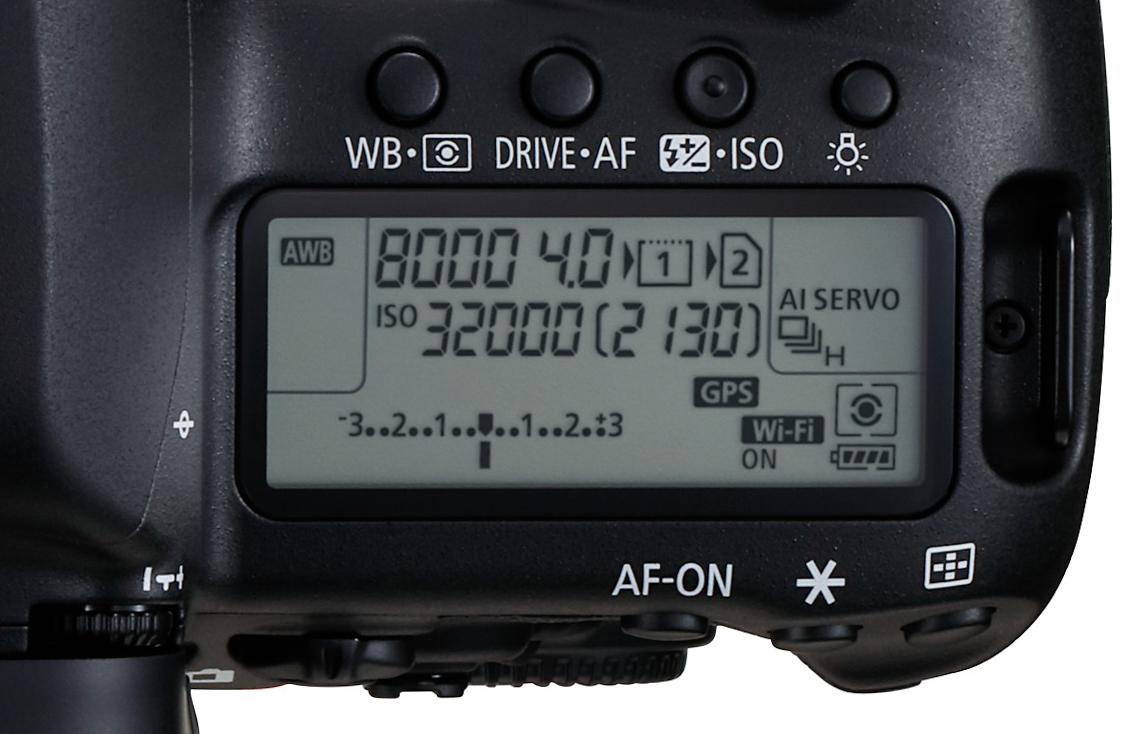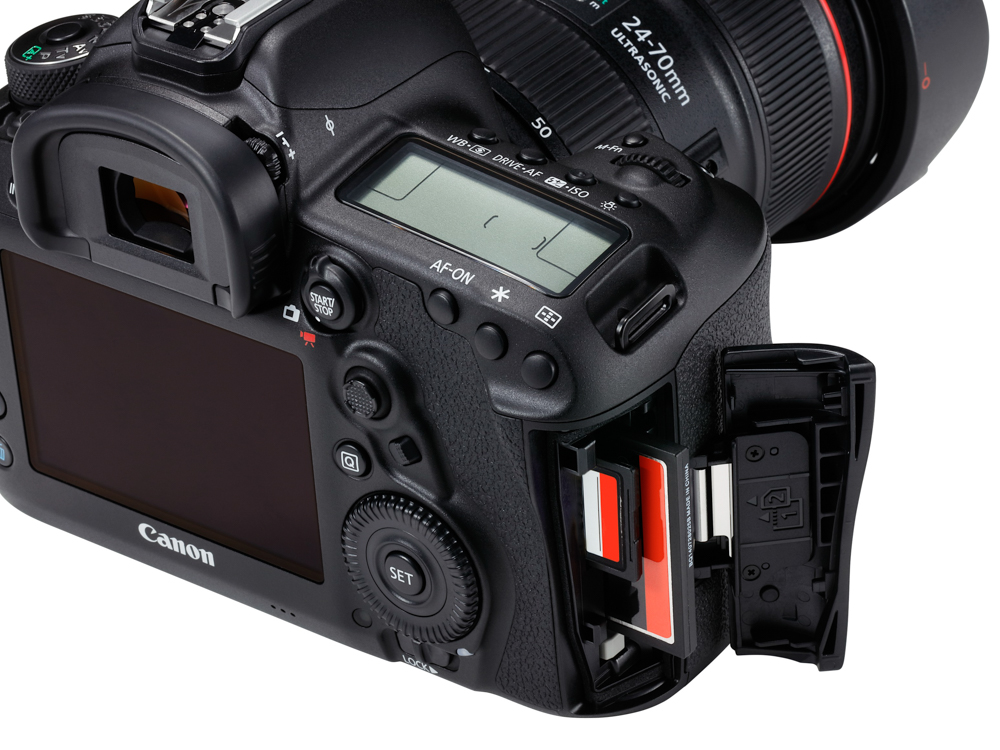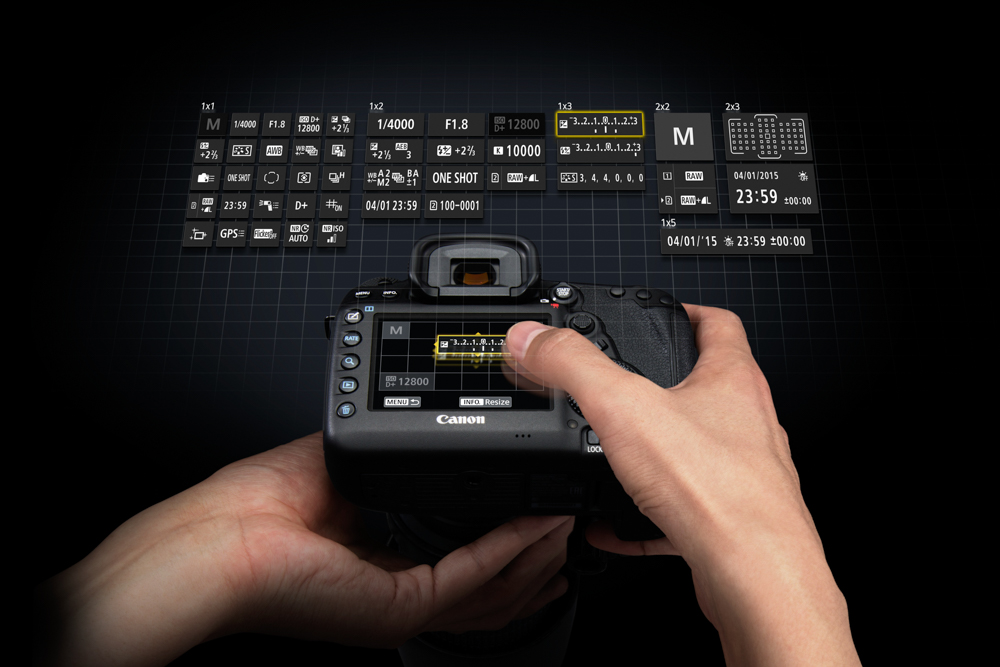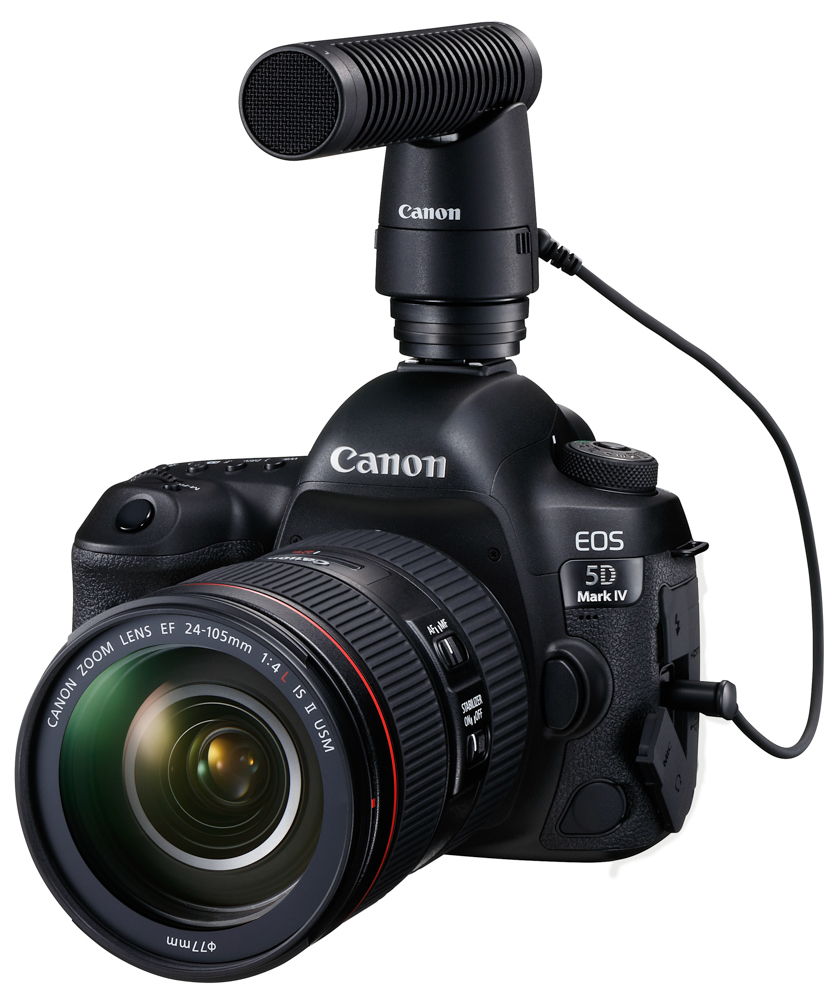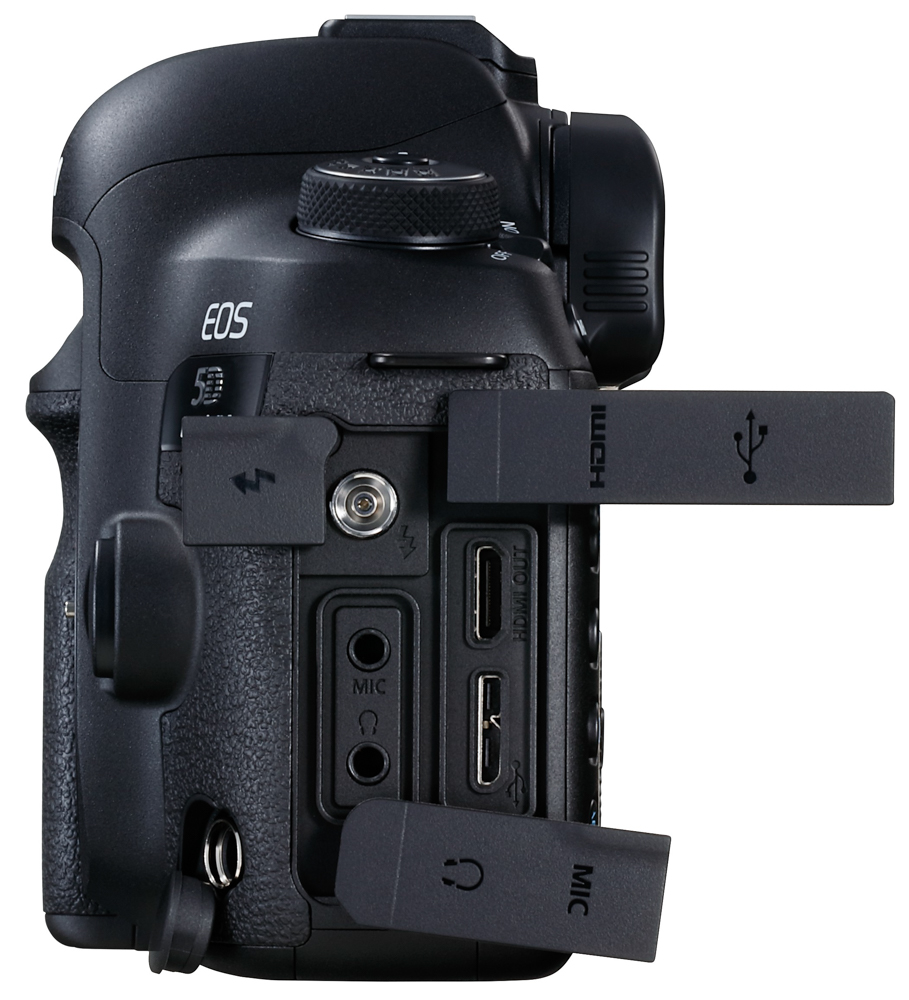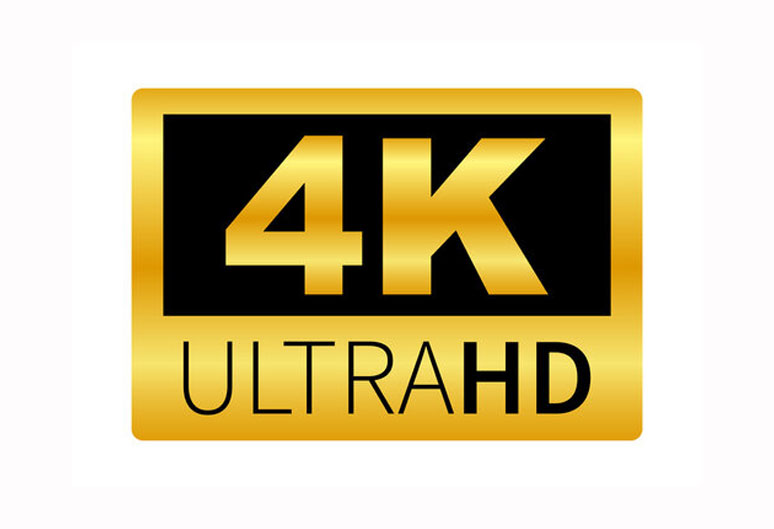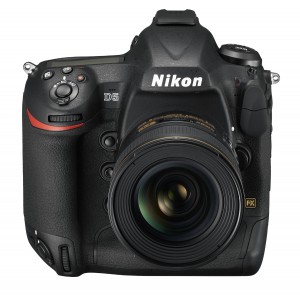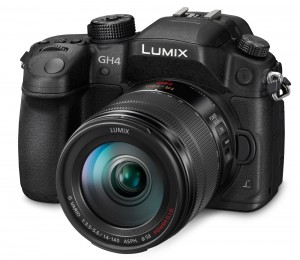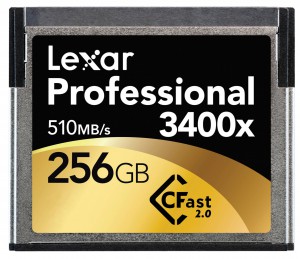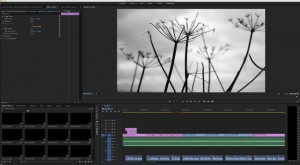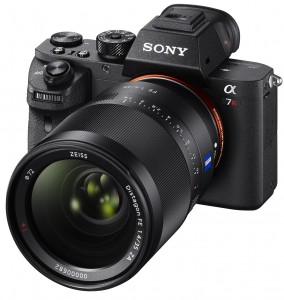Travel and editorial photographer Lauren MacNeish discovers small-town USA
Flying over the Grand Tetons, as the small plane began to land, was one of the most beautiful views I had ever seen. Later, I’d realise that this was only the beginning of a week filled with sights I’d only ever seen in photographs before.

© Lauren MacNeish
On August 5th 2016. I began my journey to Jackson, Wyoming from Edinburgh airport, a mere 4,500 miles away. Boarding the first flight of three, I was filled with sheer excitement.
I had only ever seen this part of America in photographs and in movies. It’s a difficult place to imagine for a small-town Scottish girl. I guess it’s a bit like trying to explain the Scottish Highlands to someone who has spent their days in NYC. I was travelling 4500 miles, but I was going to be a world away from home.
Let me paint you a picture: arriving in Jackson Hole airport. Now when I say ‘airport’, we think Edinburgh or Heathrow, with their never-ending corridors, gates, terminals, people…! But nope, none of this at Jackson Hole. Think log cabin, but on a slightly bigger scale, seated in the shadows of the Grand Tetons. The airport itself is an attraction for someone like me.
I approached the town of Jackson Hole and I was in complete awe by this utterly parallel universe to my own. While stopped at traffic lights, a horse and carriage passed me by, followed by a guy in full cowboy attire crossing the road in front of me. Let me say, these are not sights you see in Edinburgh. Or Scotland for that matter. Or even the UK. I was overwhelmed with excitement at finally being in American country territory.

© Lauren MacNeish
On this first day of arrival, I took a leisurely walk around the town square and watched as a country singing busker entertained a crowd – five bucks well spent. The tiredness was setting in and I was ready to lie down for the night but curiosity got the better of me as crowds began to form on the streets. The annual town shoot-out was getting underway and I knew I had to watch. When I say shoot-out, obviously I don’t mean a real one. It was actually quite enjoyable to watch, and I learned a lot of history about the town.

© Lauren MacNeish
I spent the following day at T.A. Moulton Barn (America’s most photographed barn, apparently), which is nestled in the ‘gardens’ of the Grand Tetons. This is a tourist hot-spot and I had to wait patiently for this ‘person-free’ photograph. Ain’t got time for the clone stamp!

© Lauren MacNeish
Bizarrely, although there were many tourists at the barn, there was a calm silence. I sort of felt like I was in the middle of nowhere – which, I guess, I kind of was.
In this digital age where we continually upload photographs on social media, it has become very easy to view photographs of some of the most magnificent sights the world has to offer. Sometimes, these photographs are so far from our realms of imagination that they become fairy tale-esque. We see these beautiful photographs and sometimes find it difficult to believe that these places really do exist. Seeing the reflections of the Grand Tetons at Schwabacher’s Landing was one of those places. I had often seen postcard-style photographs from this viewpoint, and I can’t tell you how surreal it was to physically be standing in that spot – I even look back at my own photograph and don’t think it looks real!

© Lauren MacNeish
If you look at my landscape photography, you’ll see that I primarily focus on how light affects the shapes and textures of each scene. I am fascinated by the natural shapes that surround us, and the different textures of each landscape. I don’t use HDR or over-edit landscapes, because in a way I feel like I would be breaking some unwritten contract between photographer and Mother Nature. As a photographer, I want to take photographs of how the scenes make me feel – I want to feel connected to what I photograph, so it is important for me to stay true to the scene. I am fascinated by the natural world, and while I don’t necessarily take photographs that will look good hanging on walls, I try to take photographs that show the way light, shape and texture forever change the landscapes around us.
On one evening, just before sunset, storm clouds began to envelope the rough textures of the Grand Tetons. It was astonishing. I think the only editing I did to this photograph was reducing some shadows.

© Lauren MacNeish
The otherworldly sights of Yellowstone are breathtaking. Watching the Old Faithful geyser erupt its hot-water in Yellowstone is one of those things I had only ever heard about – it was just amazing to witness.

© Lauren MacNeish
Walking on the boardwalk that leads through Grand Prismatic Spring to view its colourful canvas was mind-blowing.

© Lauren MacNeish
It’s difficult to provide a true representation of Yellowstone over such a short period of time. But, if something is to be learnt from here then it is that: nature is a force to be reckoned with and it is still very much bigger than all of us. Richard Feynman put it better when he said: “I think nature’s imagination is so much greater than man’s, she’s never going to let us relax.”

© Lauren MacNeish
Besides any technicalities photography-wise, my biggest difficulty when photographing a place I’ve never been to before is to try to not always romanticize it. There were things in Jackson that I did not agree with, namely: the attitude to guns and the political ideas. However, it’s the nature I fell in love. And I think that if you find nature, then beauty is not far away. I guess we always have an objective to what we photograph. We can manipulate scenes to suit the story that we are trying to tell. I suppose that’s another unwritten contract; this time between photographer and viewer. I seek the stories I wish to tell, but I try to keep it real. Photography is one of the greatest sources of expression, so a lot of what I photograph is dependent on my feeling at the time. Sometimes the ‘romanticised’ photographs are taken because that’s exactly how the scene made me feel or that’s the mood that I was in. If the ‘cons’ to a place outweighed the ‘pros’, then it would be a completely different gallery of photographs to view.
So what are these photographs? Snapshots of a trip? A depiction of a place? Romanticised landscapes? I would say, all of the above and then some.
This trip was truly incredible and if there’s one thing I am learning, it’s that: when I visit places that are so different to where I call ‘home’; my mind changes. And that’s changing everything.
You can view more of my images from this trip on my SmugMug site: laurenmacneish.com

© Lauren MacNeish
Lauren MacNeish is an editorial photographer with a passion for travel. You can visit her website at laurenmacneish.com

